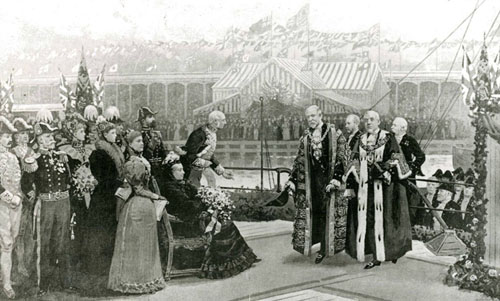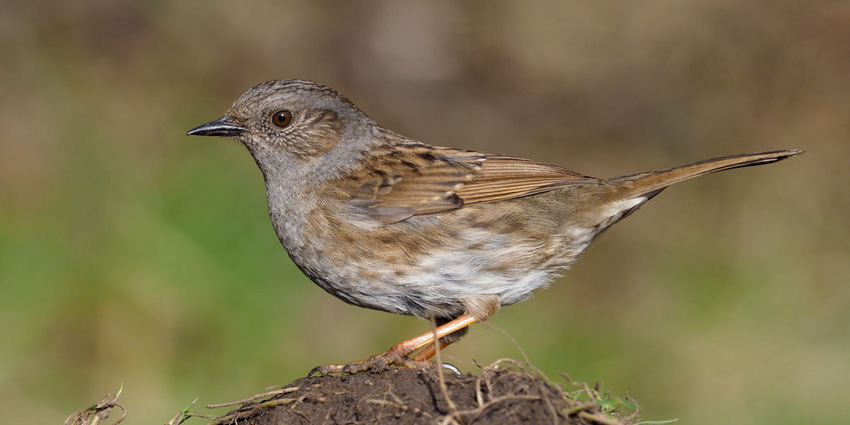




Back to the Greater Manchester Page

- The Royal Connection
- Greater Manchester Eats
- Owlbut's Birdwatch
- Greater Manchester VIPs
 Queen Victoria first visited
Manchester in 1851. It was the first time for over 150 years that a reigning monarch had been to the region. In Peel Park a group of 80,000 Sunday school children
sang the National Anthem. Prince Albert, who had already organised his Great Exhibition in the Crystal Palace that year, an event which highlighted British
technical achievements, will have been most impressed by the growing skills in the area.
Queen Victoria first visited
Manchester in 1851. It was the first time for over 150 years that a reigning monarch had been to the region. In Peel Park a group of 80,000 Sunday school children
sang the National Anthem. Prince Albert, who had already organised his Great Exhibition in the Crystal Palace that year, an event which highlighted British
technical achievements, will have been most impressed by the growing skills in the area.
In May 1857 Prince Albert arrived in Manchester a month before Queen Victoria and unveiled a statue to the Queen which was in Peel Park and
celebrated that earlier visit.
On 21st May 1894, nearing the end of her reign, Queen Victoria returned to perform the official opening of the Manchester Ship Canal. The Canal
took seven years to build and stretched for 35 miles, creating the city's link to the open sea. She also knighted the mayor of Salford, William Henry Bailey
and the lord mayor of Manchester, Anthony Marshall at the opening of the Canal.
She then rode past, in her carriage, newly developed parts of the city and saw the Albert Memorial in Albert Square (no not that one), which was a
tribute to her late husband.
![]() Back to the top
Back to the top
Eccles is a town in
Greater Manchester which used to be in Lancashire. The Eccles cake is basically a currant filled flaky pastry with the crust coated in demerara sugar.
It was first made, so they say, by a James Birch in his shop in the town centre way back in 1793. Unlike some of the other "Eats" we have written about,
the Eccles cake does not have "Protected Geographical Status," which means cakes made outside the town can legally carry the name.
Traditionally, in Eccles at any rate, the cake was served with Lancashire cheese. Technically they are not even cakes, being a pastry.
They are round and flat in shape and as well as currants the fillings may also contain citrus peel, dried fruits and spices. There is
a story that they were even around before 1793, at the time of Oliver Cromwell. It is said he brought in an Act of Parliament banning the sinful pastry
that was tempting to the human soul. I don't think Oliver and I would have got on very well. I love Eccles cakes.
![]() Back to the top
Back to the top
This may be a bird you haven't heard of but you will almost certainly have seen. The dunnock is a small brown and grey bird but
it is quiet and tries to be unnoticeable. You can often see them on their own, creeping along the edge of a flower bed and close to a bush. They like parks and gardens
or the edges of farm fields and woods. They keep mainly on the ground and have a sort of shuffling walk.
They have brown, black and grey feathers, pink legs and a short, thin, black beak. They eat insects, spiders, worms and seeds. There are over 2 million
territories of dunnocks. For birds, a territory is a defended area and can be any size. For small birds, like the dunnock, it will be a small area and could be
held by a single bird, a pair or a small flock. Birds chose a territory because that area can provide food, water, shelter and a place to nest.
Dunnocks are only about 14 cms in length, have a wingspan of about 20 cms and weigh between 19 and 24 grams. When shuffling around they will often
flap their wings quite a lot.

Seven random people who were born in Greater Manchester in the last 100 years:-
Marcus Rashford (Footballer), Philip Scofield (TV Presenter), Phoebe Dynevor (Actor), Rebecca Long-Bailey (Politician), Danny Boyle (Film Producer),
the late Victoria Wood (Comedian) and Sara Cox (DJ and Presenter)
![]() Back to the top
Back to the top

